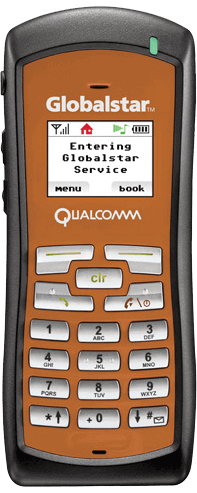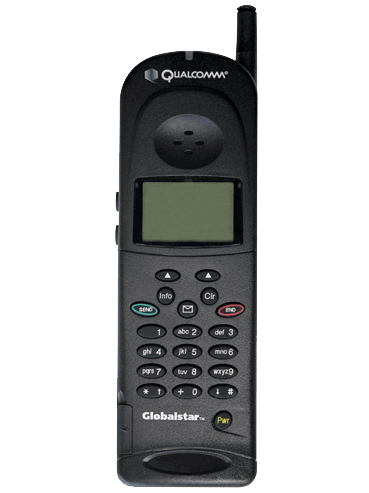Abandoned Vessel Tracking with Globalstar’s SmartOne Solar
BACKGROUND/PROBLEM
Vessels that are investigated or interdicted by the USCG and are unable to be towed or otherwise dispositioned must be left adrift. Aircraft crews, boat crews and Sector watch standers have reported that a significant number of abandoned vessels they are responding to have been previously investigated, often multiple times, resulting in a large waste of resources and misallocation of a SAR or patrol asset when it could be potentially needed elsewhere.
Though not formally logged, when considering the hourly operations costs of USCG aviation and surface assets, some estimates of misallocated resources due to this problem can easily reach into the range of millions of dollars annually.
The ability to mark or track these vessels to adequately inform a SAR deployment decision could save the USCG significant resources and reserve life saving assets for actual SAR cases.
Some marking of abandoned adrift vessels has been attempted but has proven difficult to discern for reporting Good Samaritans and USCG patrol crews. Previous attempts to use GPS trackers suffered from poor position accuracy and short service life.
METHODS
STIC identified the Globalstar SmartOne Solar GPS tracker as a solution. The SmartOne is a robust satellite communications waterproof GPS tracking device that utilizes solar charging of the battery pack with a service life of up to 10 years. The device provides position accuracy within 10 meters in reporting intervals of up to 15 minutes including a calculated course and speed. The data is accessible from any internet connected device. Initial local testing of the SmartOne provided reliable positioning and demonstrated ease of use of the system and plotting interface with enhanced mapping and reporting tools.
EVALUATION
The STIC worked with Station Key West and Air Station Miami in consultation with Sector Key West to validate the SmartOne in an abandoned adrift vessel representative use case. A drifting rig was constructed including a high-contrast colored fender and a plate mounted SmartOne on a flotation device. The drifting rig was deployed south of Key West, FL and tracked by Sector Key West through the Globalstar mapping services interface. Watch standers at Sector Key West provided the Globalstar reported position to a USCG HC-144 on patrol in the vicinity. The HC-144 redirected and was able to quickly and positively identify the small target in the open water based on the SmartOne Solar satellite relayed position.
Response boat crews at Station Key West and Station South Padre Island were also consulted regarding usefulness of this tracking device and best practices for attaching it to abandoned adrift vessels.
CONCLUSIONS
Initial validation of the SmartOne Solar tracker in a realistic revectoring of a USCG patrol asset to quickly identify a previously known drifting target was a success. The ease of use and deployment of the device and the capability to disseminate the data to any internet connected device provides tracking capability to unlimited users at no additional cost. Even for aircraft and boats that are not internet capable, the Sector can continuously monitor the devices and quickly provide or verify positions via radio.
The SmartOne Solar tracker represents a reliable, efficient, and economical way to track abandoned adrift vessels. One hour of prevented HC-144 flight time could purchase over 40 units. The filtering and reporting capability of the software can provide abandoned adrift vessel tracking and management across an entire District with access available to multiple units in adjacent areas of responsibility as targets drift.
FUTURE WORK
STIC has distributed six SmartOne Solar devices with visual markers to USCG Station Key West, Station South Padre Island and Station Seattle. These will be used for additional field testing on real use cases of abandoned and adrift vessels to refine this application offering potentially significant resource savings while preserving critical SAR or patrol assets. The STIC purchased additional devices to evaluate in different use cases internally and to distribute to field units for additional feedback.
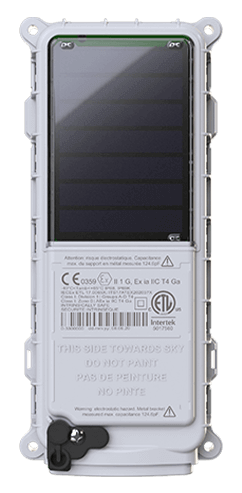 SmartOne Solar
SmartOne Solar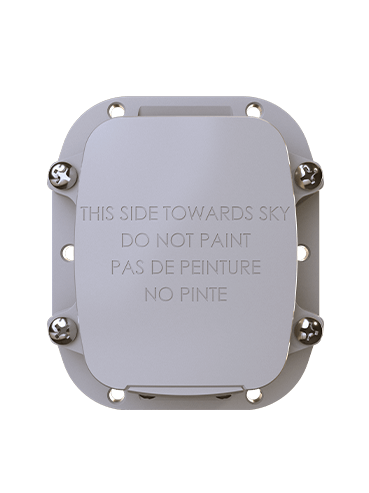 SmartOne C
SmartOne C STX3
STX3 STX3 Dev Kit
STX3 Dev Kit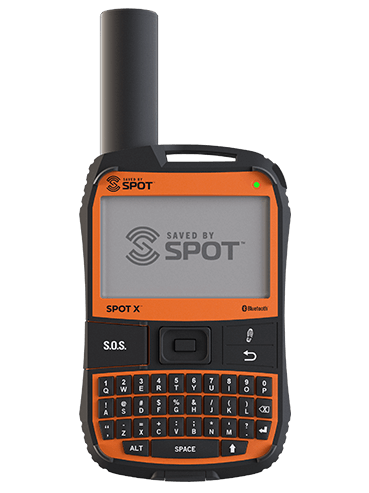 SPOT X
SPOT X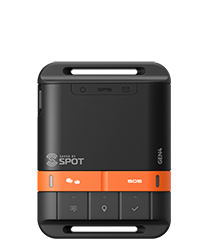 SPOT Gen4
SPOT Gen4 SPOT Trace
SPOT Trace